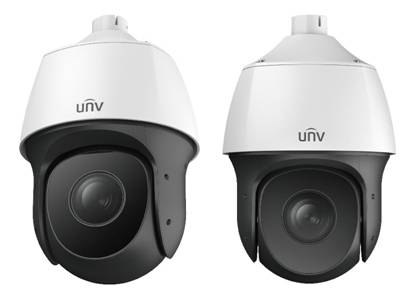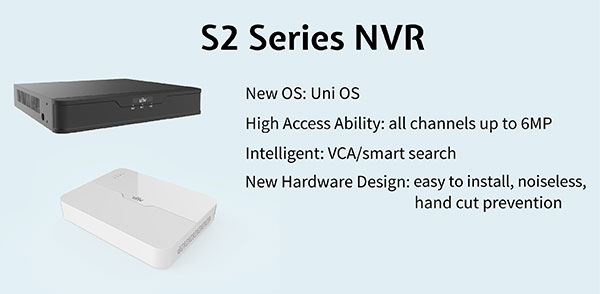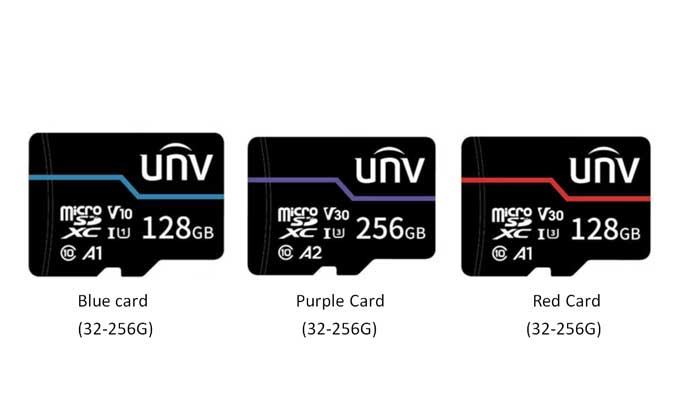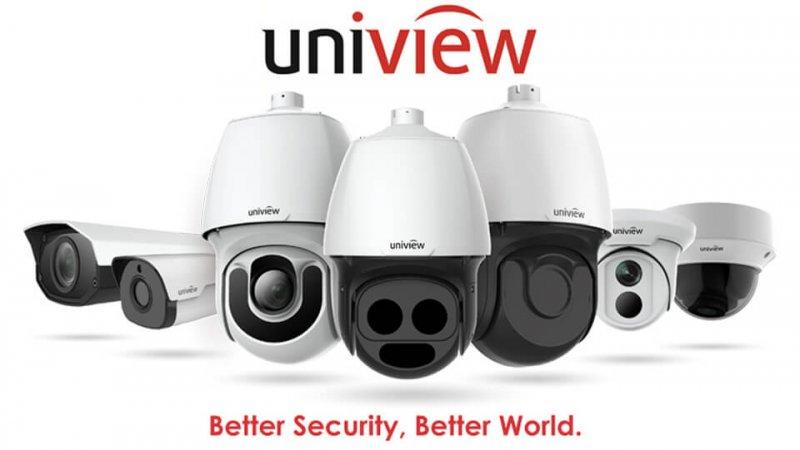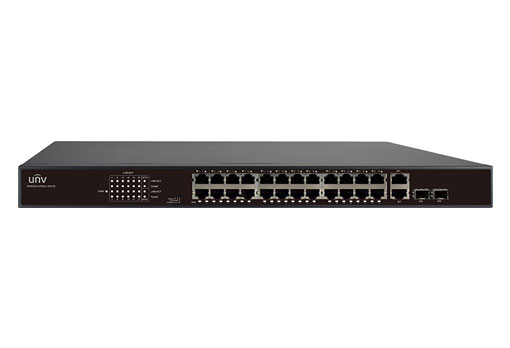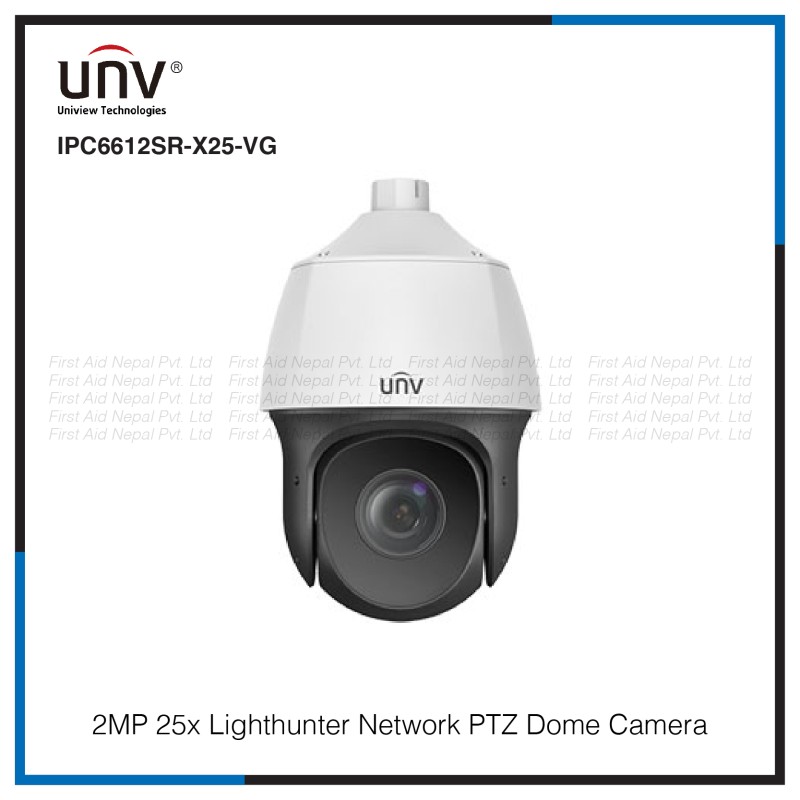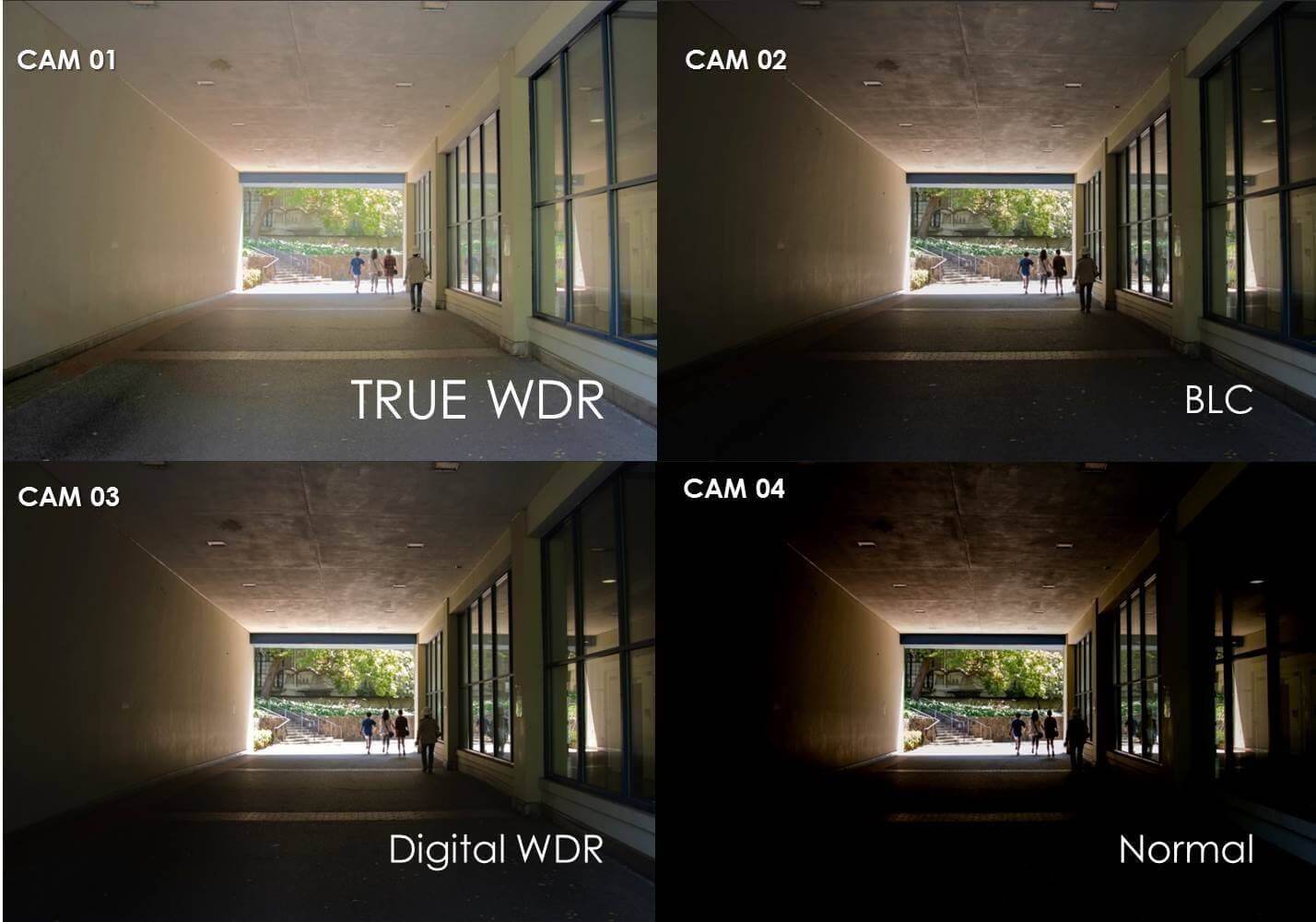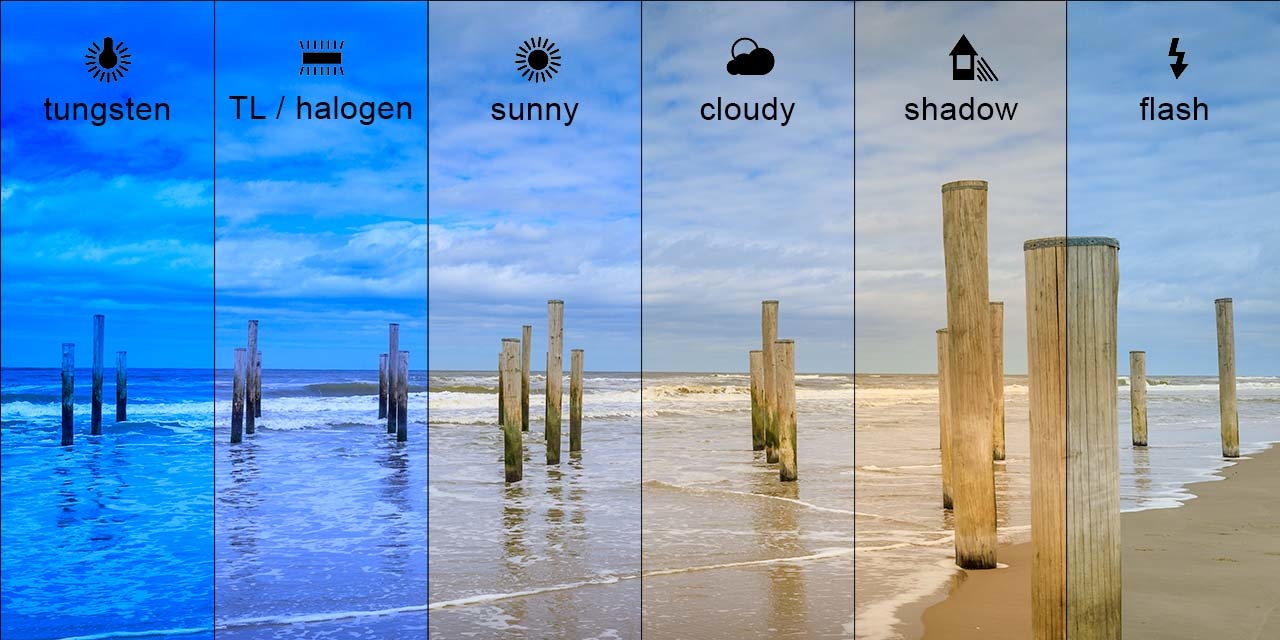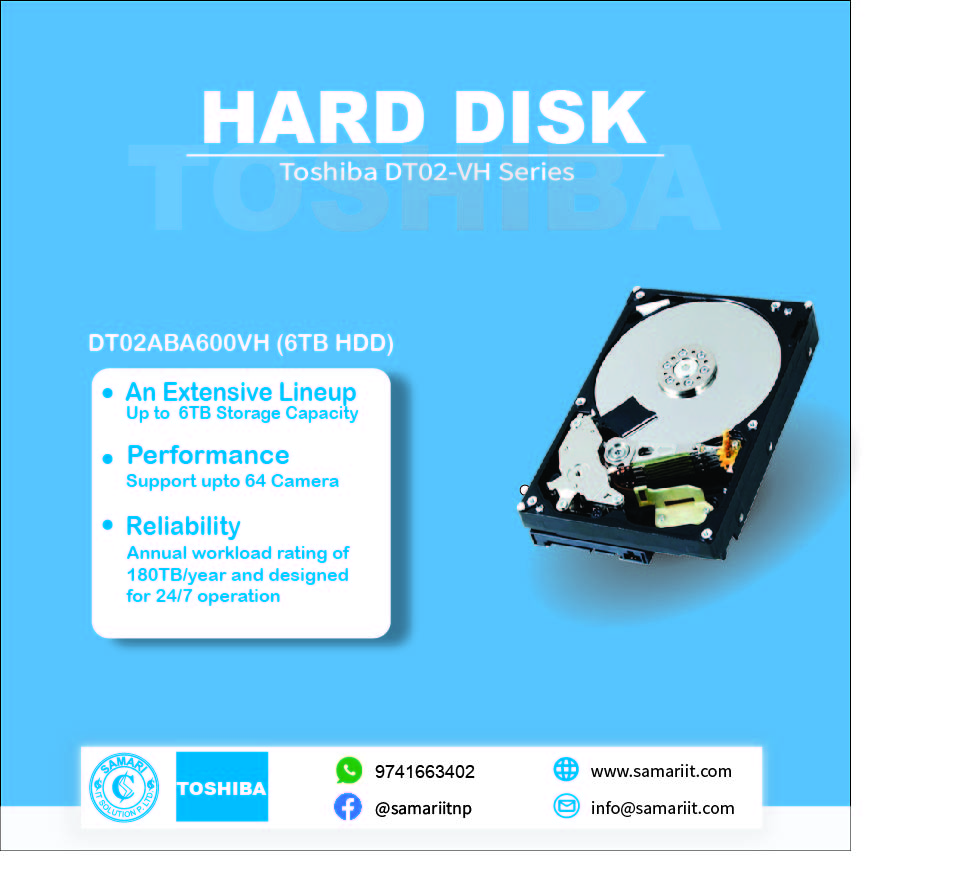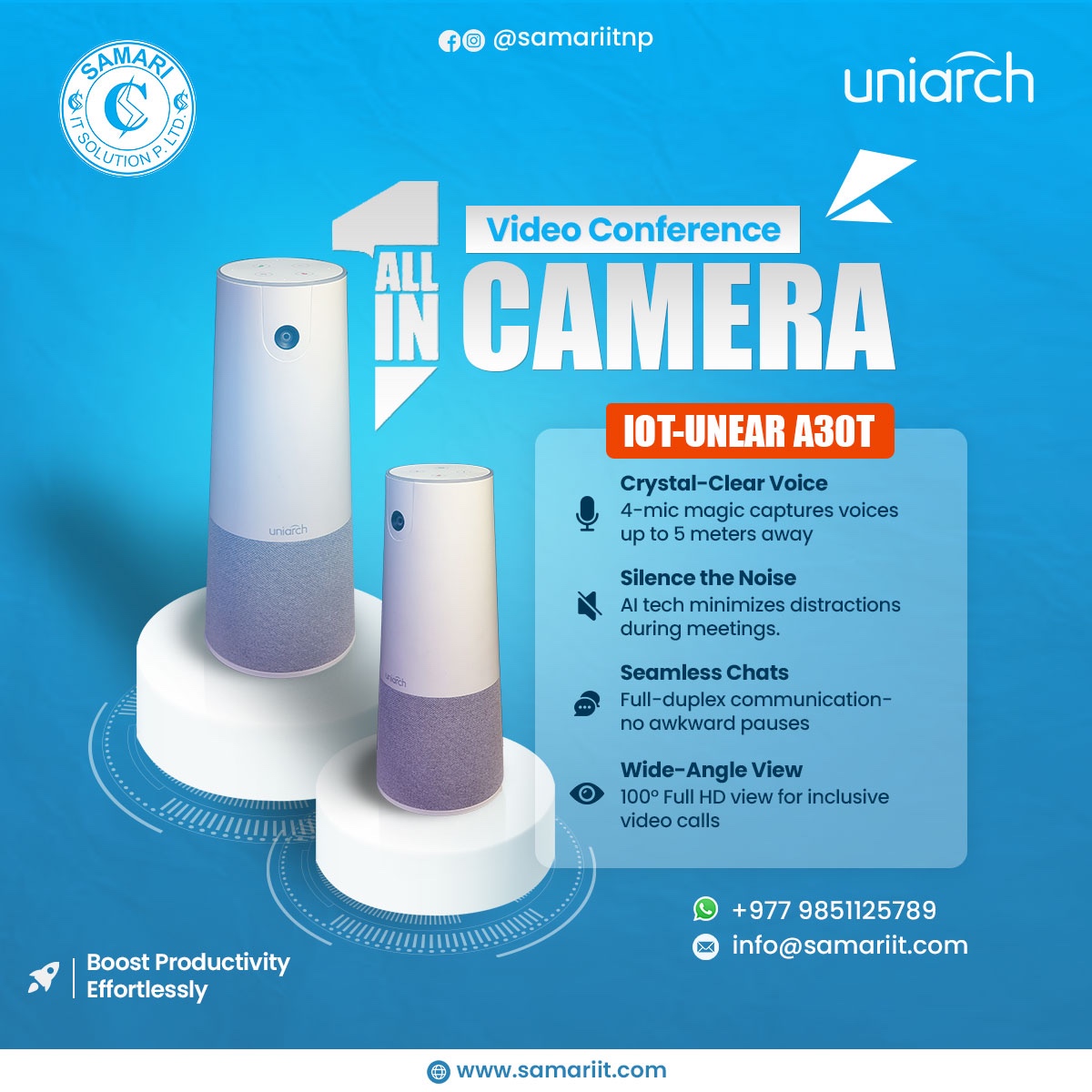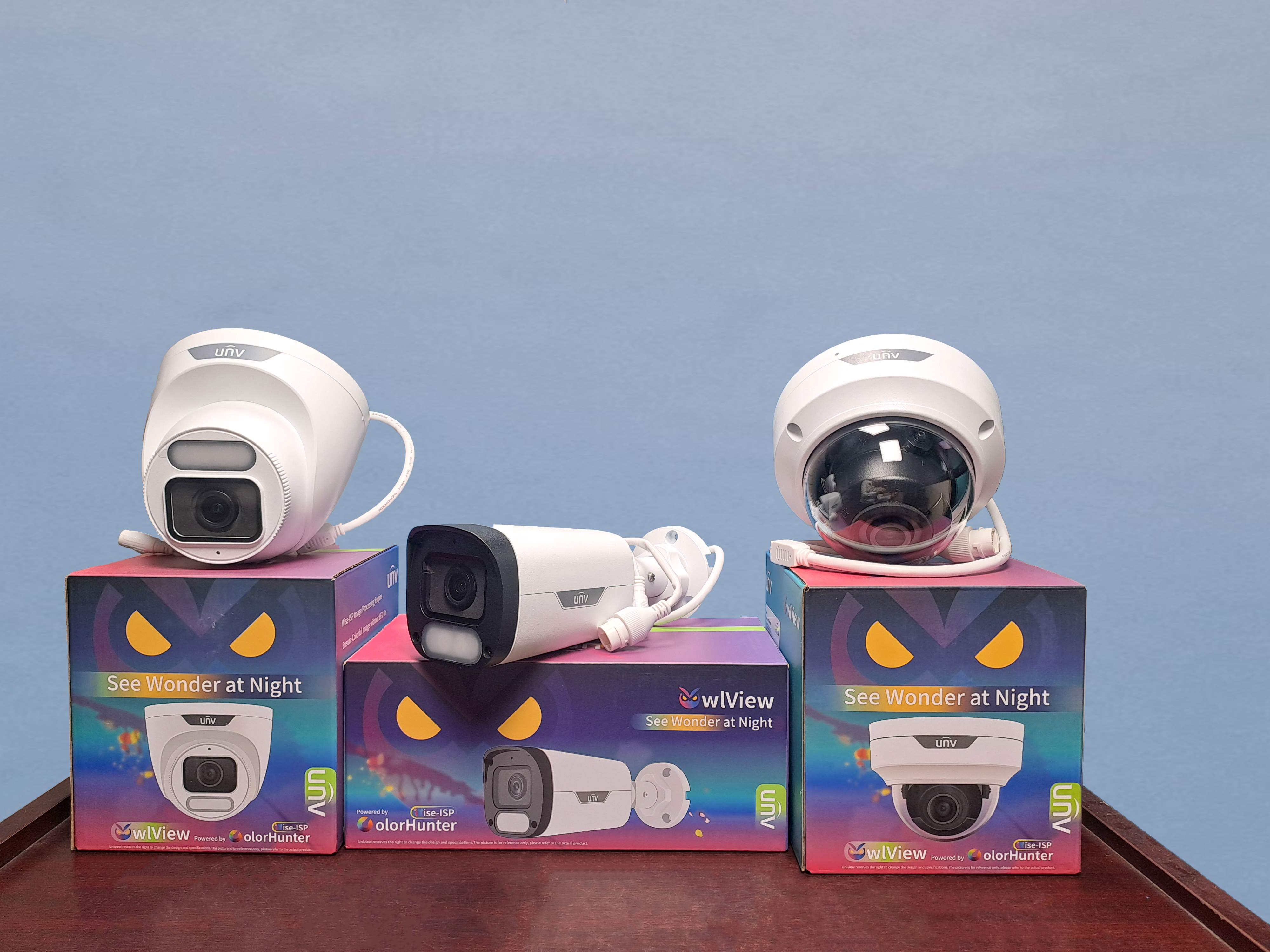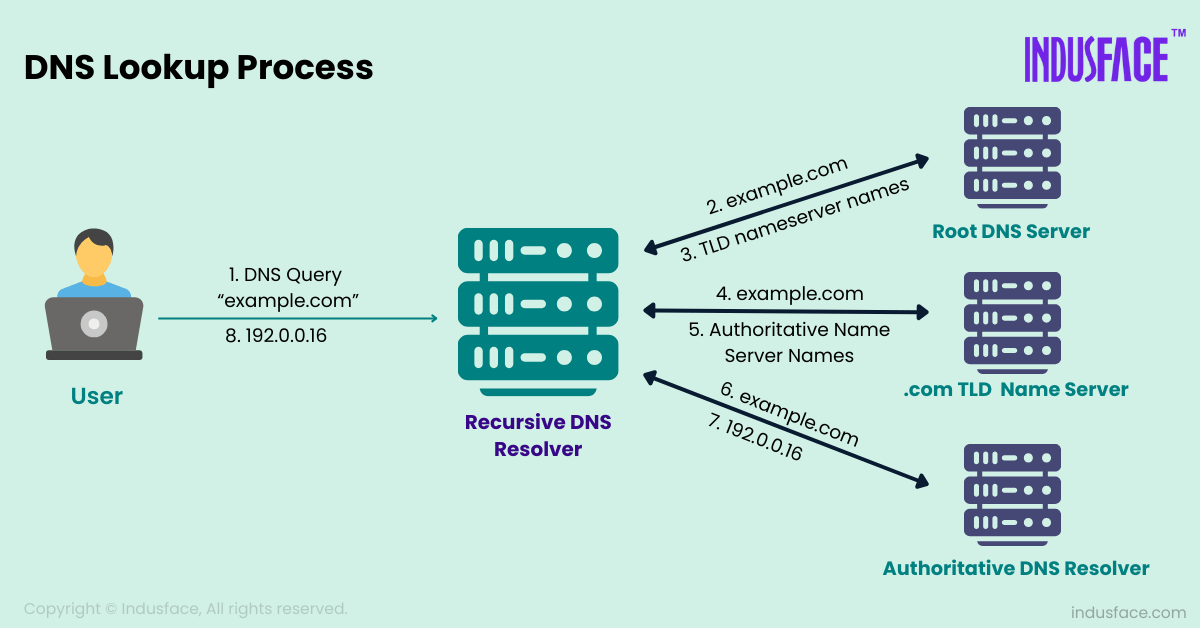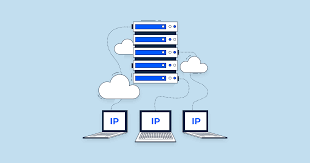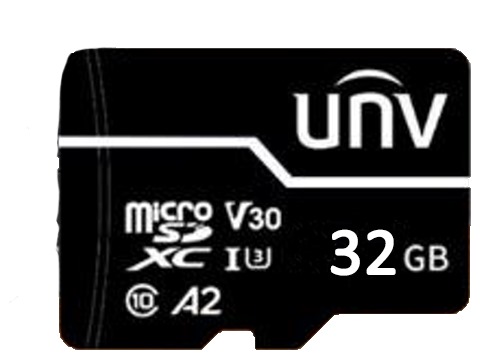Video Encoding
Video encoding is the process of taking raw video data and compressing it into a smaller, manageable file while maintaining acceptable visual quality. This is crucial for efficient storage, transmission, and streaming of videos. Imagine a video as a collection of individual images (frames) displayed rapidly in sequence. Each frame contains a lot of information (colors, pixels, etc.), making the raw video data quite large. Video encoding utilizes algorithms to remove redundancies and compress the data, significantly reducing file size without sacrificing too much quality.
H.264, H.265, H.265+ & Ultra 265:
These are all video codec standards, meaning they define specific ways to encode and decode video data. Common codecs include:
- H.264 (AVC): This widely used codec offers good compression and is compatible with most devices. However, it might not be ideal for high-resolution content as the file size could still be significant.
- H.265 (HEVC): This newer codec provides even better compression (up to 50% smaller files) compared to H.264 at the same quality level. This makes it suitable for high-resolution videos and bandwidth-limited situations.
- H.265+: This is a proprietary technology typically available on specific encoder or decoder chips. It promises further improvements over H.265 by utilizing additional encoding techniques. However, compatibility with H.265+ might be limited compared to standard H.265.
- Ultra 265: Similar to H.265+, this is another proprietary technology that claims even better compression and quality compared to H.265. Again, compatibility might be limited to specific devices or software.
Choosing the Right Codec:
The best codec for you depends on various factors:
- Video resolution and quality: H.265, H.265+, and Ultra 265 will be more efficient for high-resolution content.
- Target audience and compatibility: Ensure the chosen codec is widely supported by devices or software your audience uses.
- Bandwidth limitations: For situations with limited internet bandwidth, using a more efficient codec like H.265 or newer versions can be beneficial.
- Processing power: Encoding with newer codecs like H.265+ and Ultra 265 might require more processing power compared to H.264.

